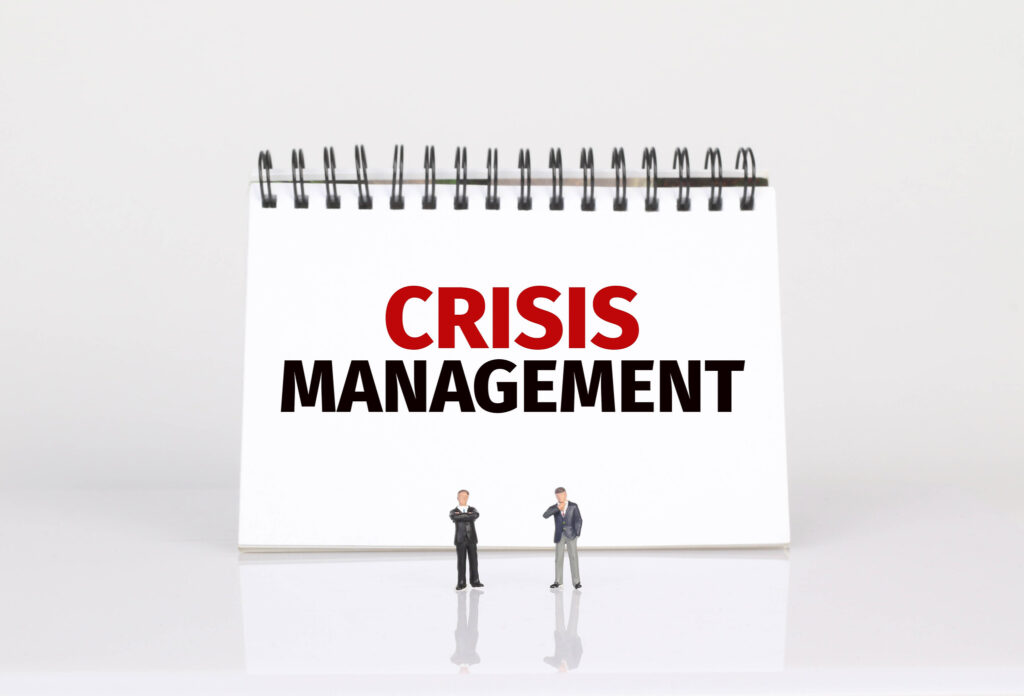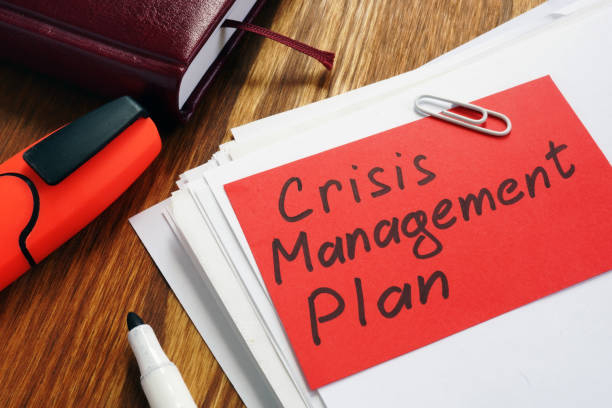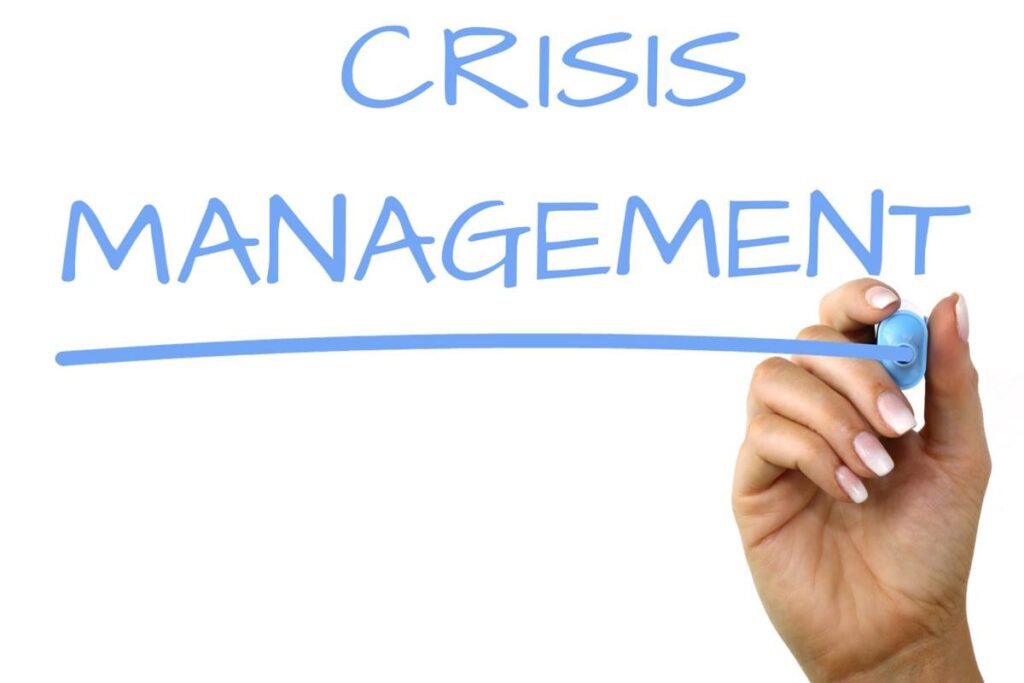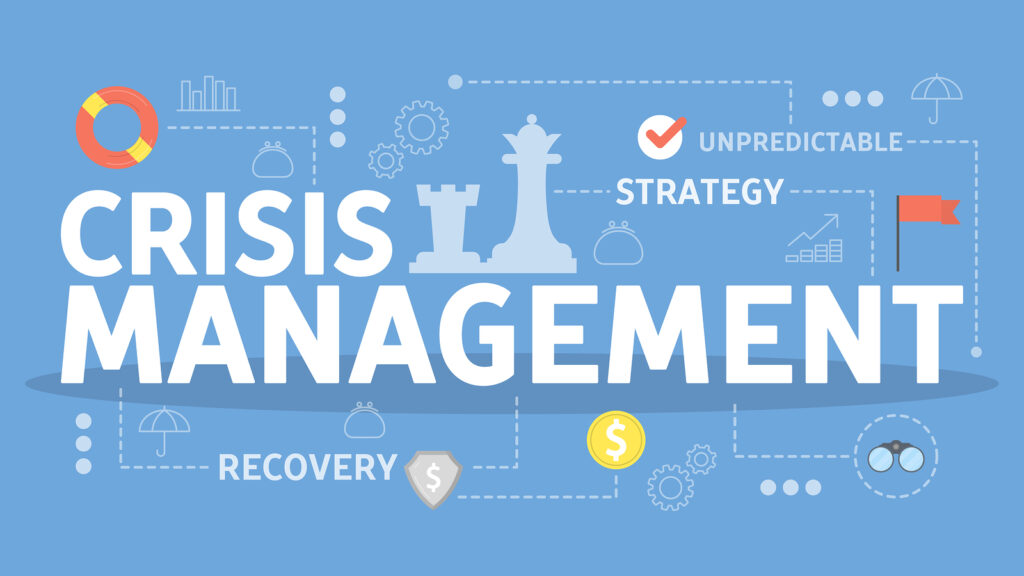Every organization is prone to experiencing a crisis. A crisis is a sudden and unexpected event leading to major unrest amongst individuals. In an organizational setting, a crisis is defined as any emergency that disturbs the employees and leads to instability in the organization.
It can arise due to technical failure and breakdown of machines, disagreements amongst employees, boycotts, strikes for indefinite periods, disputes, and so on.
Negative Effects of Crisis On an Organization
A crisis can have a major impact on an organization if it is not managed properly. Some of the negative effects of the crisis are;
- Demoralization of Staff
Crisis periods can either last longer or for a short period. Time pressure and panic which appears during crises can affect the morale of staff. Decreased level of morale will affect an organization. This situation can lead to individual conflicts amongst staff and decrease mutual trust among them.
- Fear and Panic Amongst Staff
During a crisis the probability of staff losing their jobs increases if not well managed by the organization. This frequently applied method to put away crisis can cause negative effects on internal balances. The fear among personnel about job loss can lead people to panic and negativity and finding a solution to the crisis may be affected.

- Lack of Coordination
The need for coordination amongst members of the organization rises during a crisis. However, due to lack of information, inadequate coordination between departments and personnel shows up. Inadequate coordination can be caused by broken communication between departments of the organization. Read more on how to develop cooperation amongst members of your organization here
- Financial Instability
During a crisis, the organizations may develop financial issues such as loss of income, bankruptcy, unavailability of resources, etc. This also has a great effect on the company making them lose their clients, potential customers, and investors.
- Loss of Reputation
An organization can be blacklisted, thereby making it lose its reputation amongst other organizations. The organization will be viewed by the public in a negative light and this could lead to the organization either selling out or folding up.

How to Manage Organizational Crisis
Crisis management is the application of strategies by an organization to respond to a sudden and significant negative situation. You can also read about how to avoid common mistakes here. This situation has created risks for an organization that could range from an internal to an external level. Here are five steps to managing an organizational crisis;
- Create a Crisis Management Team
Also known as “CMT”, the crisis management team is formed to protect an organization against the effects of a crisis. The CMT prepares an organization against threats that may lead to a crisis. They help the organization make the right decision at the right time and help the organization overcome risky situations.
- Consider Facts
The team should be focused on gathering facts while understanding the impact of the crisis on the organization. Search for the truth with compassion and empathy. But do not let the emotions drive you away from the cause of the problem.
- Be Positive
Your organization will react depending on how the leader reacts to the situation. It is key to show courage and to stay positive while these events occur. This is to ensure that everyone in the organization has a positive mindset toward solving the crisis.
- Stay Focused
While the crisis management team is identifying the cause of the crisis and finding out possible solutions, everyone else needs to stay focused. The organization needs to continue to move operations even if it is damaged unless the crisis needs the organization to seize operations.
- Post Crisis Examination
After a crisis, a proper survey of what was done to contain the crisis should be carried out, how it could be done better next time and how to improve various elements of your crisis response plan. This is expected of every crisis management team to conduct. As the crisis comes under control, a company should examine how effective its plan was during the crisis and the impact the incident has had on its employees, brand, and reputation.

Despite all efforts put in by a company to avoid crisis, it can still occur and must be managed. Solving a crisis will be made easier by following the steps that have been explained above. We can help provide you with more resources on how to manage crises at ThePush. Schedule a free consultation by clicking here now.





